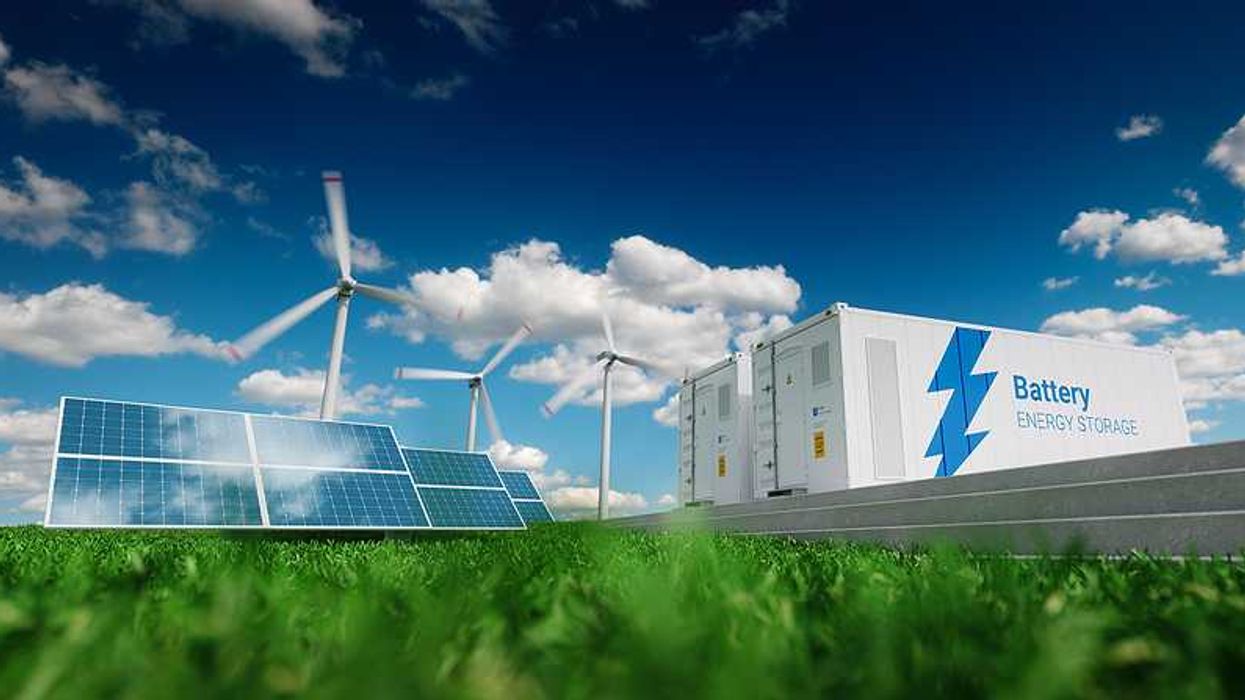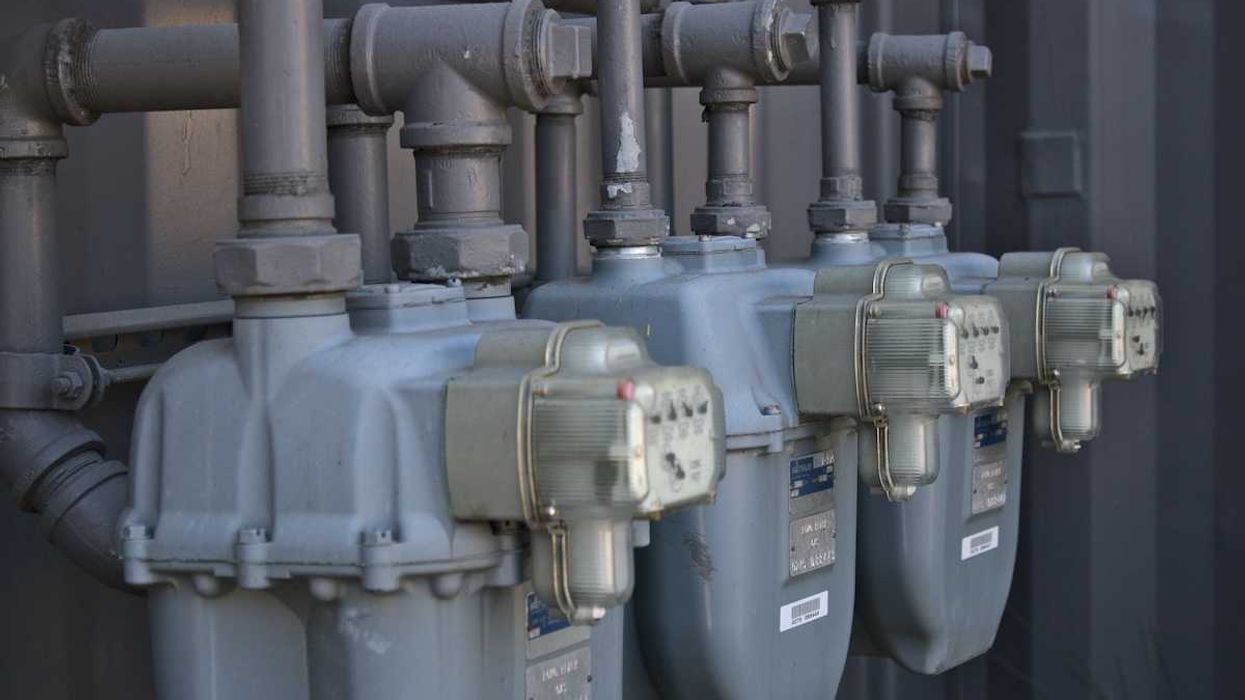The Trump administration’s proposed Department of Energy budget would slash funding for clean energy research while prioritizing artificial intelligence, data centers, and nuclear technologies.
Brian Dabbs and Christa Marshall report for E&E News.
In short:
- The Department of Energy’s fiscal 2026 budget proposal would cut over $2.7 billion from national lab programs, including deep reductions to hydrogen, solar, wind, and electric vehicle research, despite Energy Secretary Chris Wright’s stated support for advanced science.
- Fusion energy, despite recent breakthroughs, would see reduced funding at several labs, raising concerns among researchers about U.S. competitiveness with China, Germany, and the UK, which continue investing in the field.
- The administration is pushing national labs toward support roles in building data centers and advanced nuclear reactors, with plans to co-locate these facilities and redirect lab resources toward AI and industrial power needs.
Key quote:
“As much as the secretary is talking about how excited he is about fusion, the budget they proposed cut it. The truth is the Chinese are not cutting, and the competitors in Germany and the U.K. are not cutting.”
— Andrew Holland, CEO of the Fusion Industry Association
Why this matters:
The national labs have long served as a part of the backbone of American scientific innovation, driving breakthroughs in energy, public health, and climate resilience. Cutting funding to programs focused on solar, wind, hydrogen, and carbon capture could stall momentum on efforts to lower emissions and improve energy efficiency across the country. The budget shift signals a federal turn away from climate mitigation research and toward industrial and AI-focused infrastructure, raising questions about long-term environmental impacts. If passed, these cuts could halt progress on clean energy transitions and limit U.S. competitiveness in global energy markets.
For more: New grid rules struggle to keep pace with AI, extreme weather, and political divides














